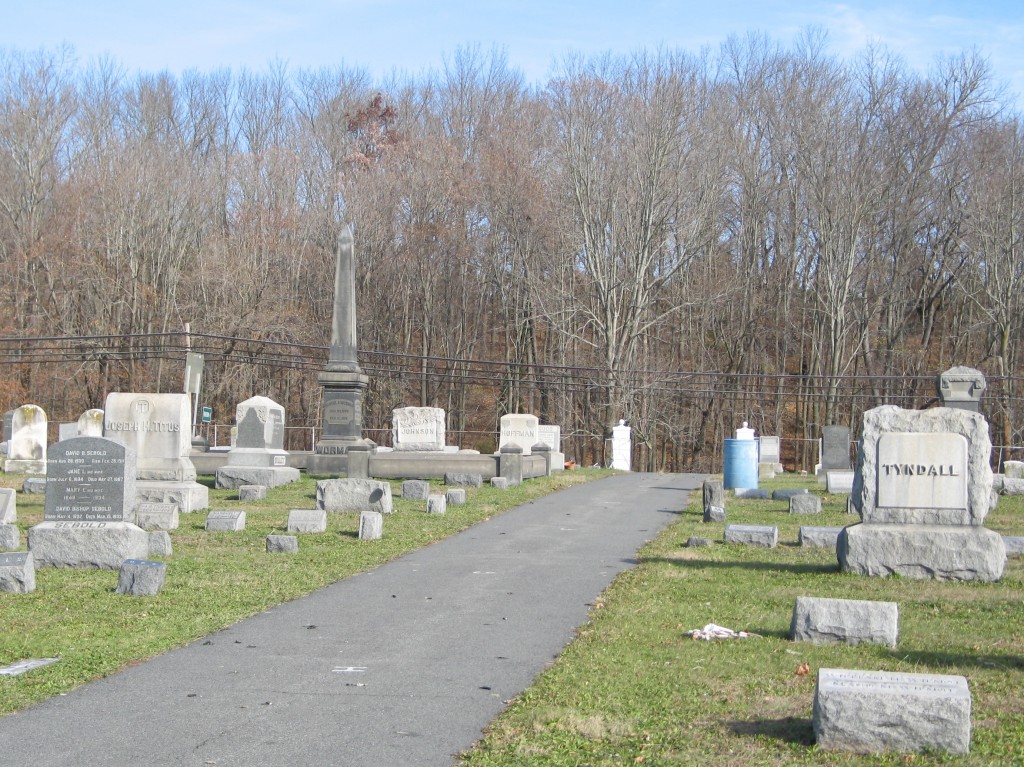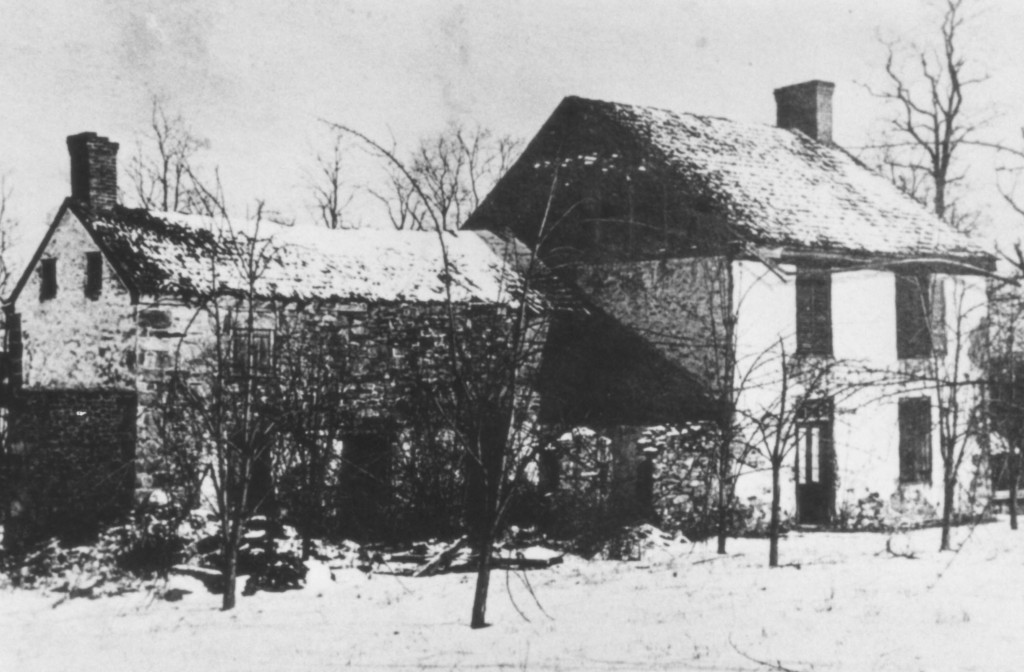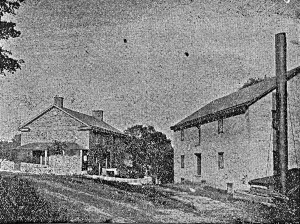The Rake-Sergeant House
This past month there were several fires in southern Hunterdon County, all of them accidental. One of those fires gutted a house that I had researched many years ago, so I, along with current and past owners, feel somewhat heartbroken that this lovely home has been destroyed. It is located a short distance south of the village of Sand Brook, along the Sand Brook-Headquarters Road.



